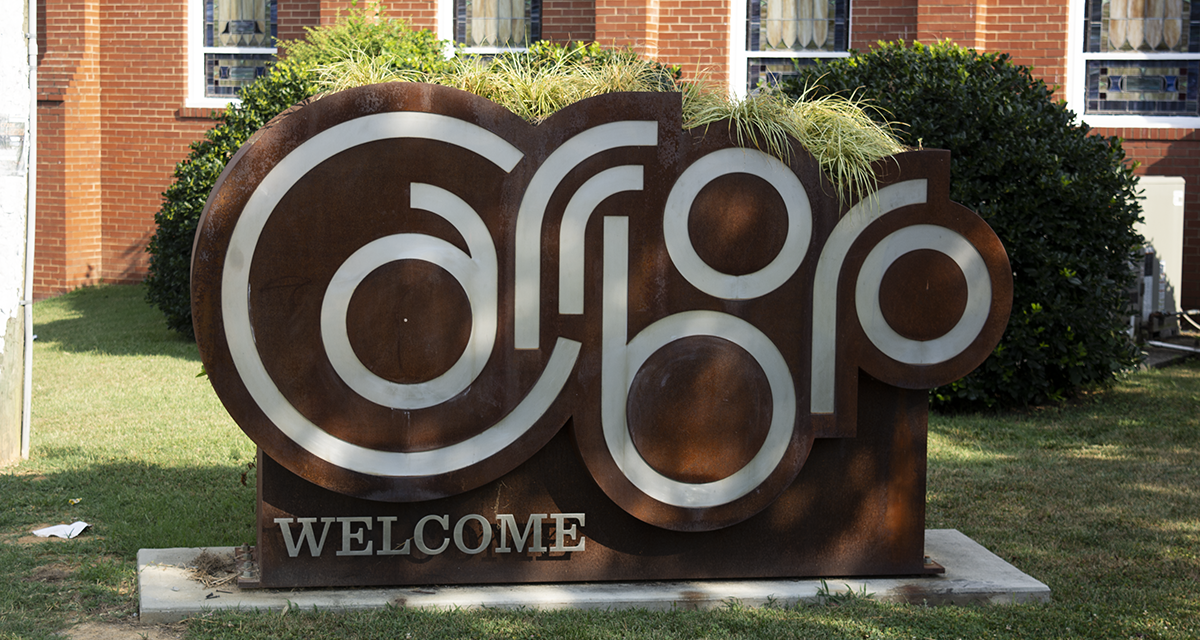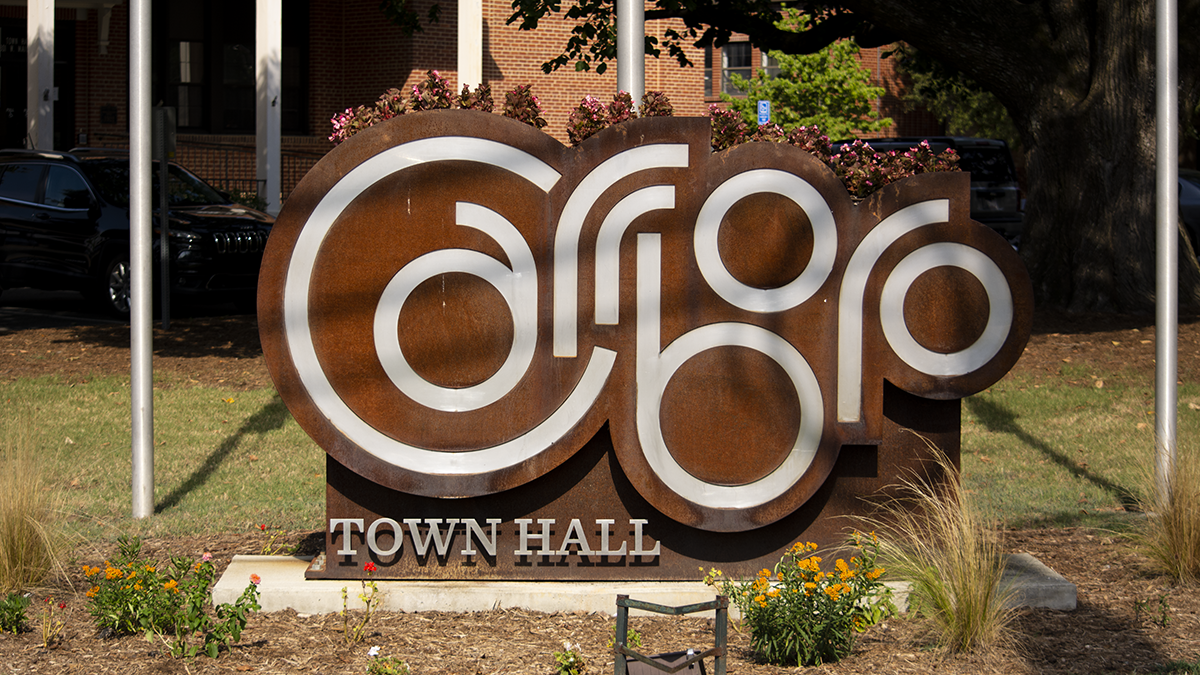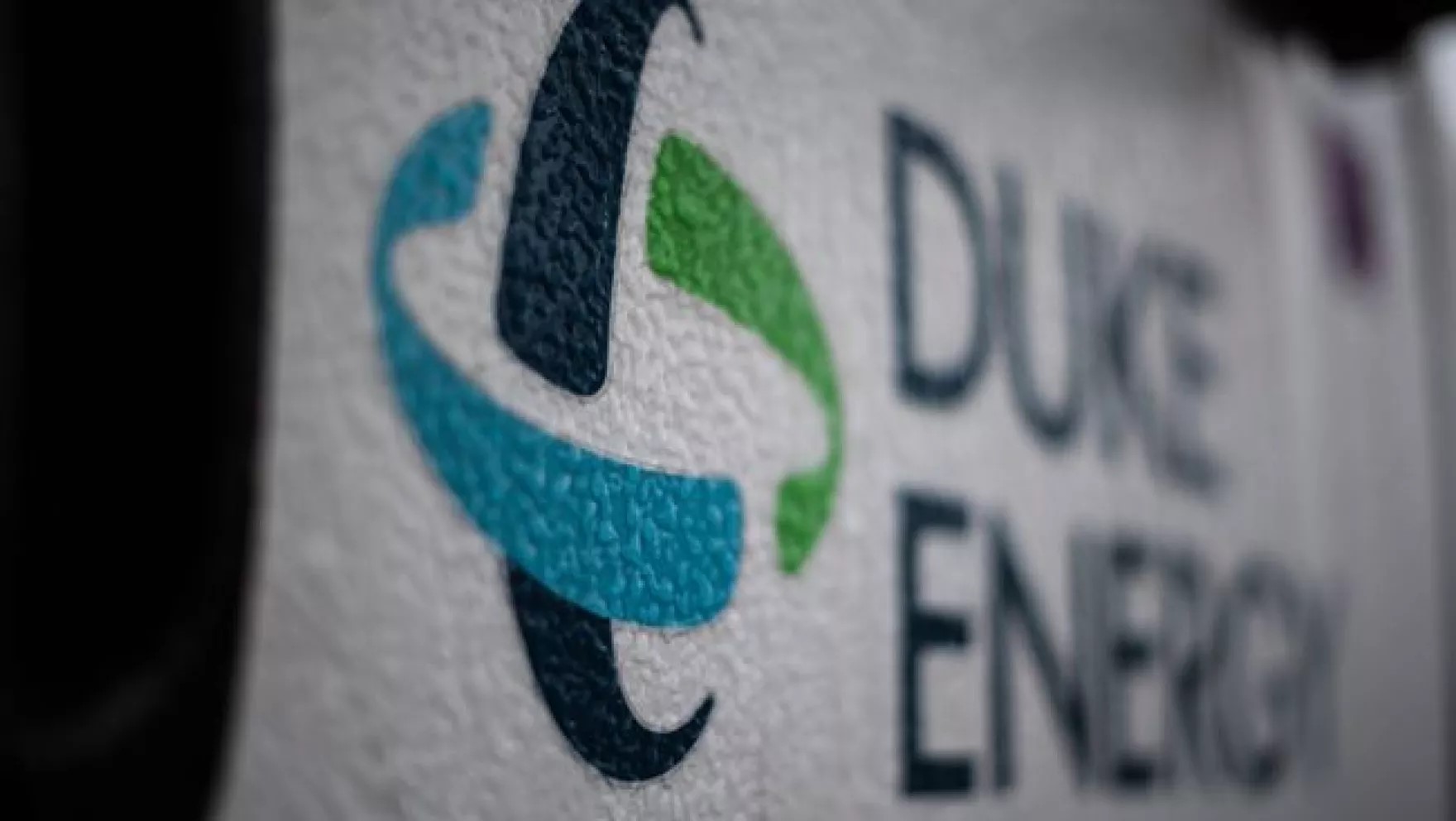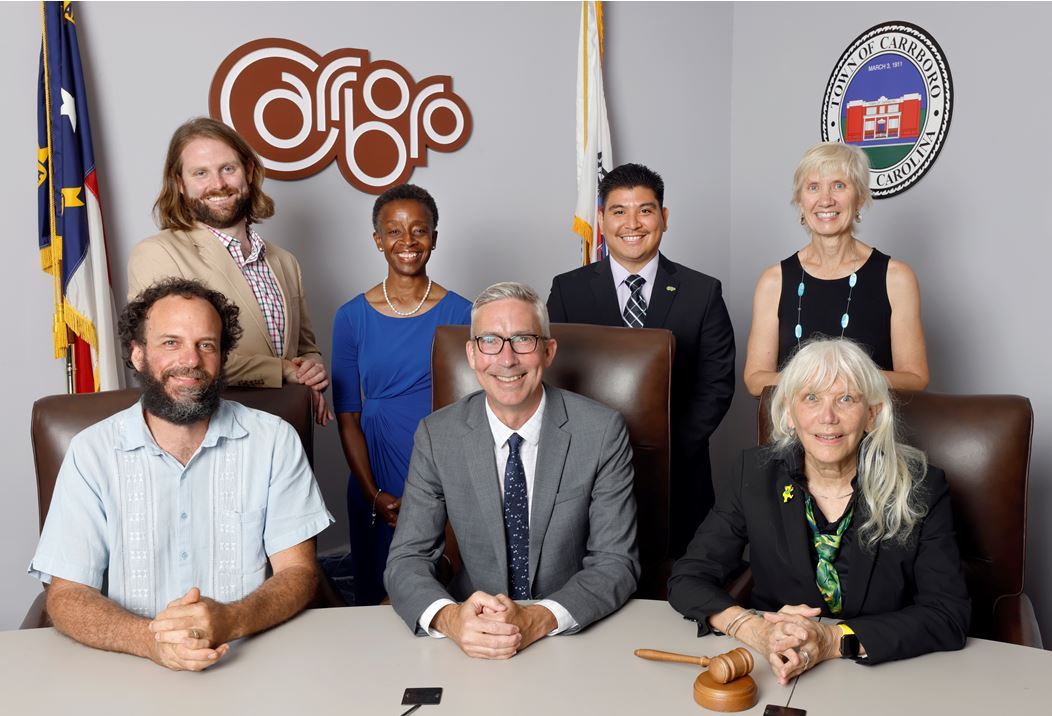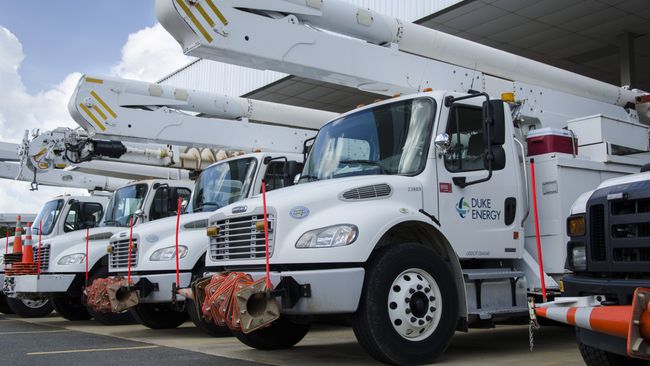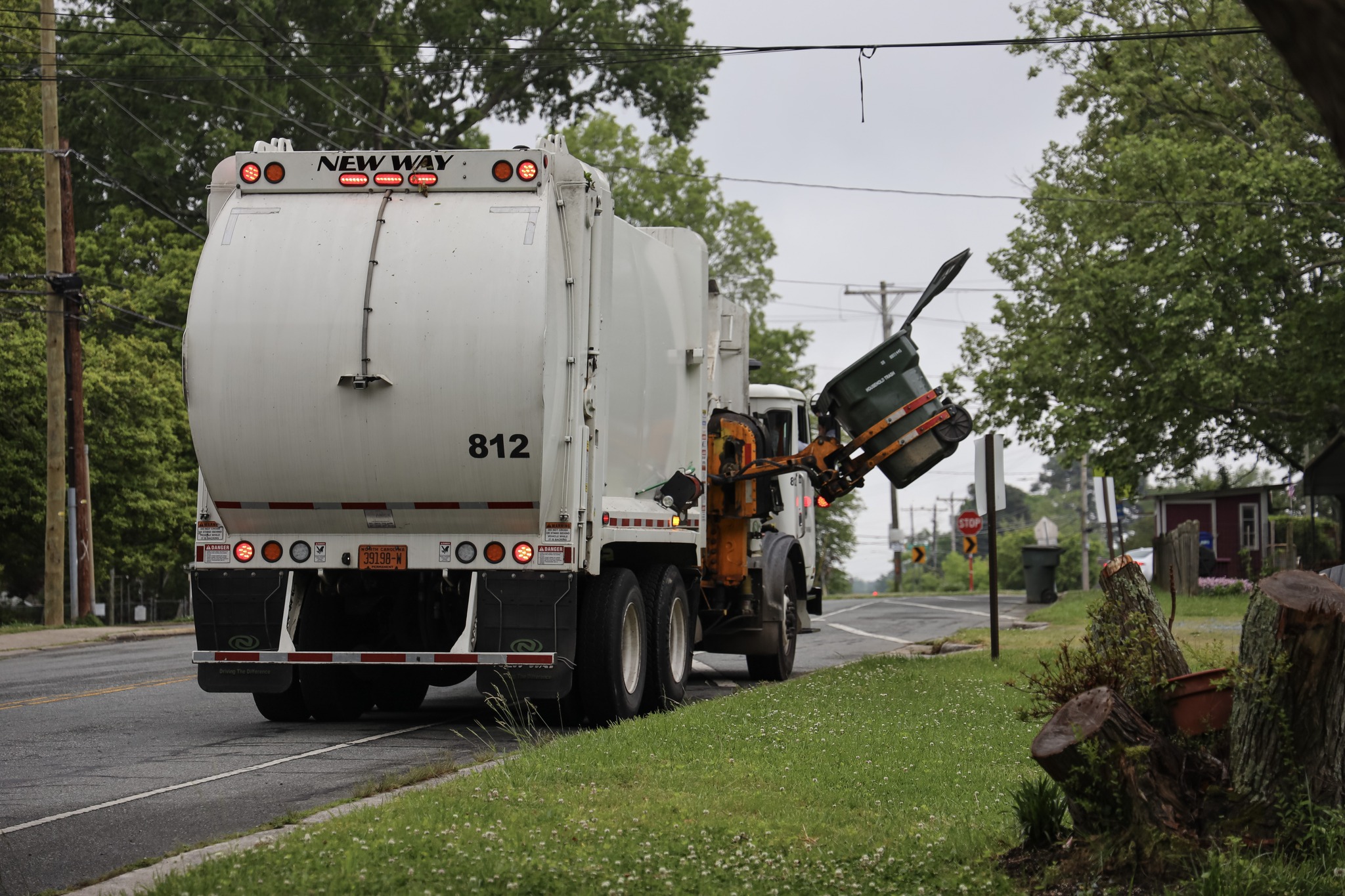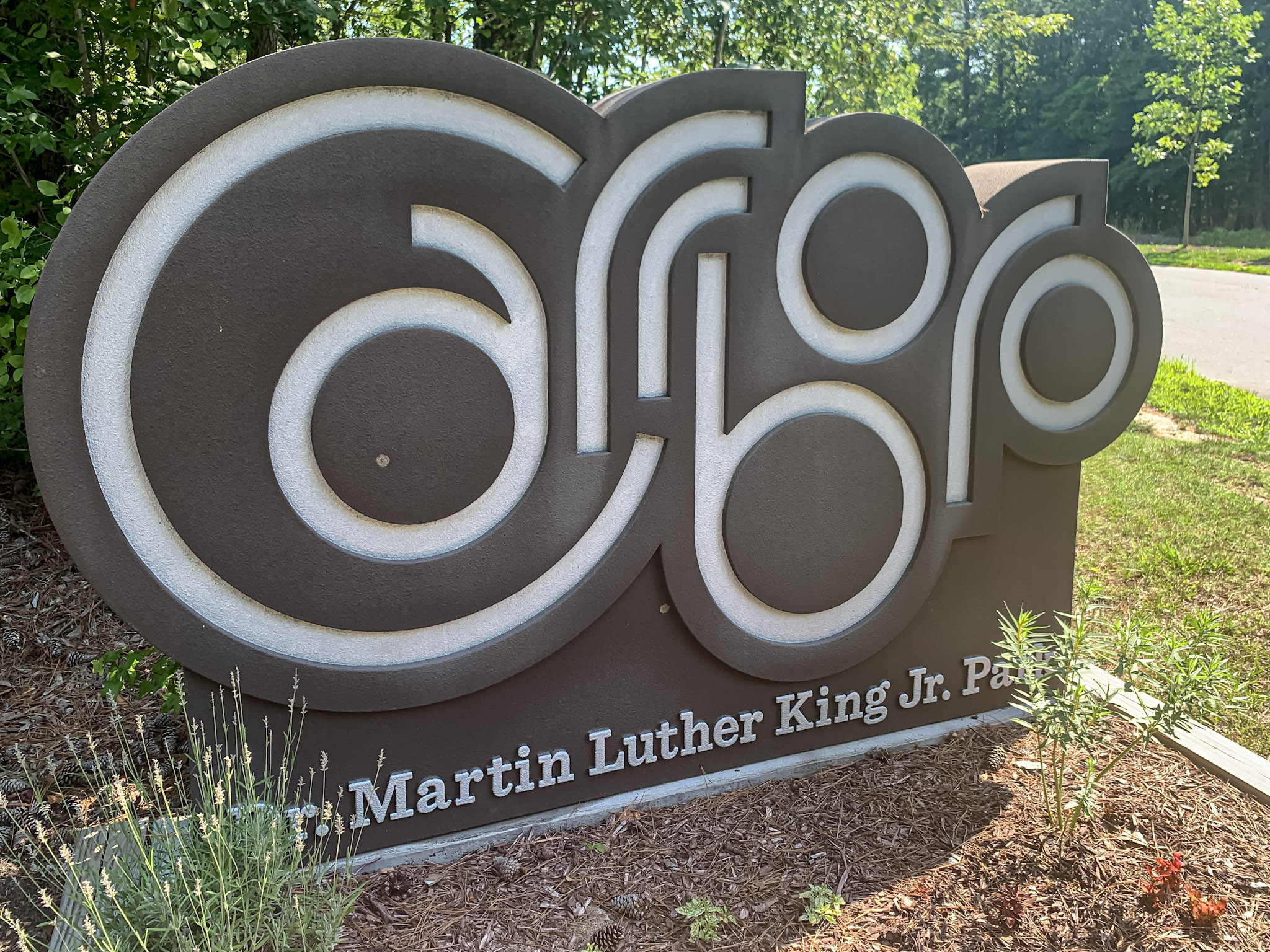While new data shows Carrboro’s greenhouse gas emissions have decreased by 9% from 2012 to 2019, the town government remains behind on meeting the goals of its climate response plans without action from North Carolina’s utility companies or the state or federal government.
In an attempt to reach an 80% reduction in 2010 levels of greenhouse gas emissions by 2030, Carrboro adopted the Energy and Climate Protection Plan in 2014 along with the Community Climate Action Plan in 2017. The earlier plan focused on reducing the emissions of town operations, while the latter laid out ways the town can help members of the community lower their individual emissions.
The town has faced a series of hurdles in achieving the goal of these plans. But whether it’s the lack of major action from the other levels of government, the utility companies or individual residents, Carrboro has pursued ways to combat these challenges in its response to climate change.
“It’s happening now, it’s an emergency, and this is our window for taking action,” Carrboro Town Council member Sammy Slade said. “A lot of times people will say, ‘Oh it’s a global problem, we can’t really do anything about it locally,’ but there’s a part of it we’re all contributing to wherever we are, and there’s also a degree of power we all have to change this.”
Jacob Becker is a graduate student at UNC-Chapel Hill’s Department of City and Regional Planning who recently worked with town staff to complete the inventory of Carrboro’s 2019 emissions for his master’s project. Becker said while the town was able to reduce the emissions of their operations by 23% since the last inventory in 2012, municipal emissions only account for 7% of the community’s total carbon footprint.
With Carrboro only able to directly control a small fraction of the region’s emissions, the town has looked for pathways to facilitate individual change within the community. One program, for example, focuses on spreading information throughout different neighborhoods about the climate response projects that residents within them are tackling. Now, Carrboro’s environmental planner Laura Janway is putting together a grant program for neighborhoods to apply for town funds to assist with the construction of these projects.
“Putting information out there about actions that individuals are taking and how common and easy they are I think can help create a community identity around sustainability that encourages more and more people to join in and become part of that movement,” Janway said.
While Slade said the pandemic has dissipated much of the momentum for this program, the town is examining ways to overcome these communication barriers. Since October of last year, Janway has worked to recruit an advisory board known as the Climate Action Team. Made up of members of the community, the advisory board will serve to use their various networks in Carrboro and help Janway increase community conversation and involvement.
Even as the town has made steps like these to help facilitate change on an individual level, Becker said decreases in community emission rates can be largely attributed to changes made in the energy sector. And Duke Energy, which supplies the vast majority of Carrboro’s electricity, has not shown much intent to shift to renewable sources of energy.
Duke Energy’s most recent Integrated Resource Plan, released in September of last year, has drawn criticism from counties, towns, cities, and corporations and sparked legal action from climate justice groups NC WARN and the Center for Biological Diversity. After the report was released, Carrboro joined ten other towns, cities, and counties in signing a letter to the North Carolina Public Utilities Commission pushing for Duke Energy to take the steps needed for these areas to reach their various greenhouse gas emission reduction goals.
But without proper action from Duke and the lack of financial support from the government, Slade said Carrboro would have to use its entire budget for ten years in order to implement enough of the various climate plans to single handedly reach its goal.
“The point of having a plan, even though we recognize how unrealistic it is to fully fund it, is to set the standard so that we’re thinking and prioritizing and setting ourselves up so that when those funds are made available we are shovel-ready,” Slade said.
Photo via the Town of Carrboro.
Chapelboro.com does not charge subscription fees. You can support local journalism and our mission to serve the community. Contribute today – every single dollar matters.

